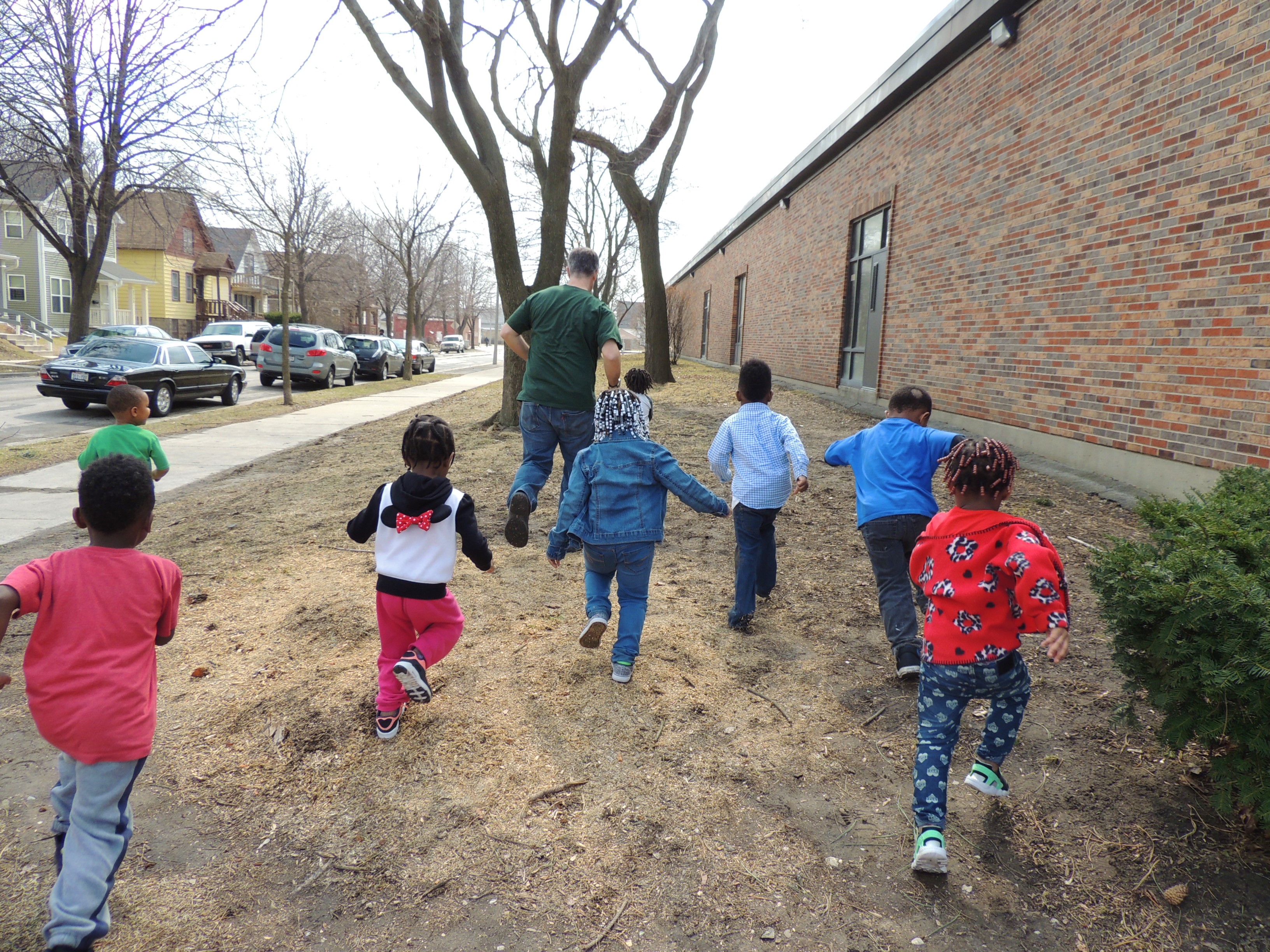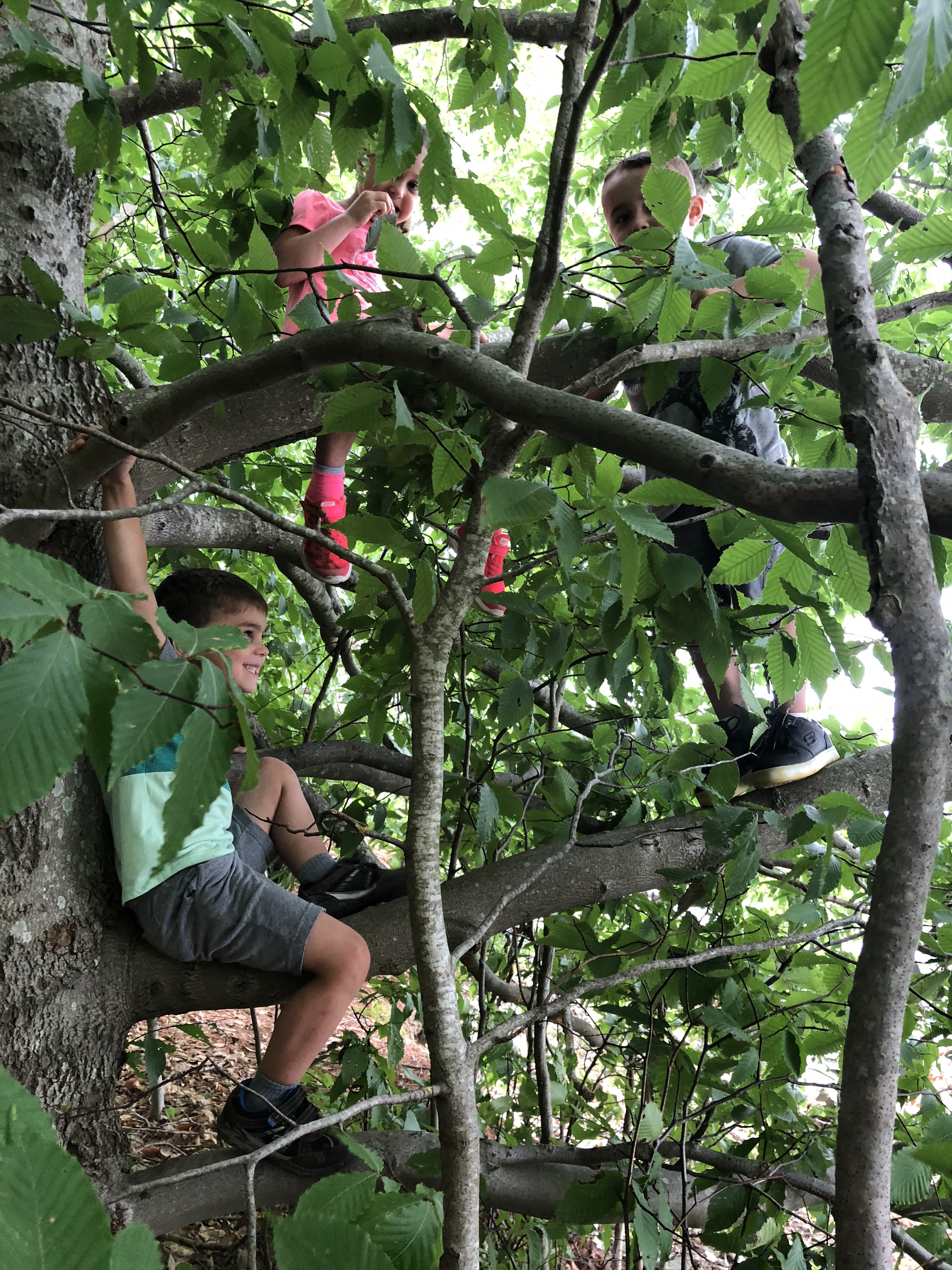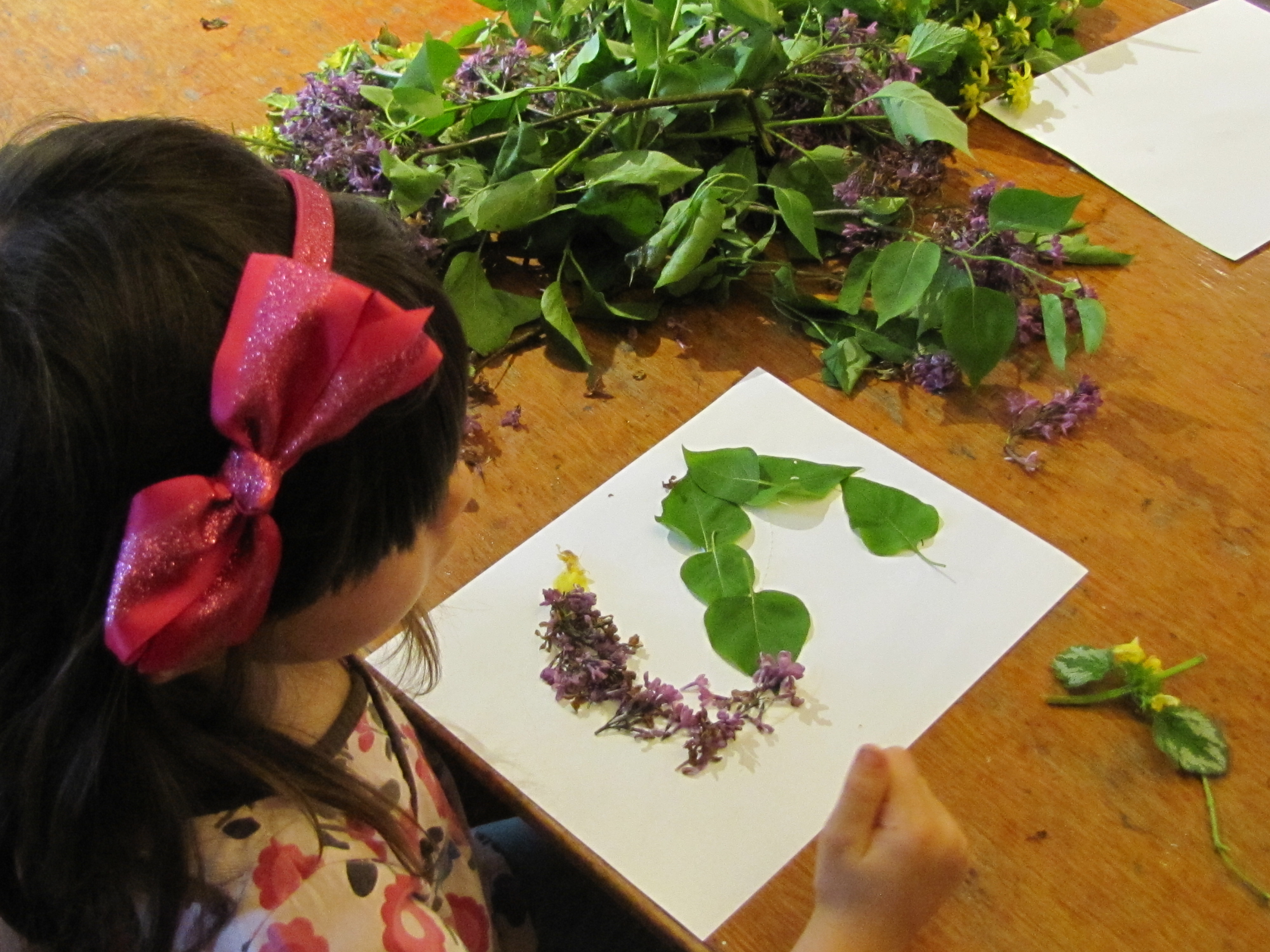David Sobel
David Sobel took the time to talk with us about the benefits of and foundations to start nature-based programs, and the inspiration behind his new book, The Sky Above and the Mud Below. .
Can you share a brief timeline of your educational and professional life?
I started my professional career as an early childhood educator. I founded and started The Harrisville School, a preschool and kindergarten, in Harrisville, NH in 1972. The school served as a lab school for Antioch University New England, and I soon started working with teacher interns and teaching graduate level Education course. In my early years, I also worked as a Headstart teacher and as a nature educator in a variety of settings. Eventually I became a full time faculty member at Antioch University and directed the Teacher Certification program there as well as being Chairperson of the Education Department for about a decade. I wrote my first book, Children’s Special Places, in 1992 and have been writing busily ever since. In all my books, my focus is on the intersection between developmentally appropriate education and helping children bond with the natural world. Nowadays, I lecture, consult, conduct research and organize nature-based early childhood conferences. And I’ve written a young adult novel that I’m excited to find a publisher for.

What does it mean to have a nature-based educational program and why is it important?
Over the last three or four decades, children around the world have become couch potatoes. They are bonded to their digital devices and alienated from the natural world. As a result, many of children’s natural tendencies—to make special places, become friends with animals, play hide and seek in the woods, create small worlds—have all evaporated. This play in the natural world is a crucial part of children developing to be healthy adults and preservers of the earth. Nature-based programs, either for early childhood or at the elementary level, encourage children to be more connected to the natural and built environments outside the classroom door. The pandemic has led teachers and administrators to move classrooms outside because it’s healthier for children. Now teachers are learning how to use the natural world to ground their literacy, math, social studies and science curricula. Perhaps this can be one of the lessons we take forward into the post-pandemic world.
What are the benefits to children and their education by enrolling them in a program that is nature-based?
There’s lots of recent research on the benefits of nature-based education. (See Kuo M, Barnes M and Jordan C., (2019) Do Experiences with Nature Promote Learning? Converging Evidence of a Cause-and-Effect Relationship. Front. Psychol. 10:305. doi: 10.3389/fpsyg.2019.00305.) Some of the benefits to children are nature relieves stress, contact with nature boosts self-discipline, nature-based learning increases motivation, time outdoors leads to greater physical fitness and nature-base learning increases academic achievement. What’s not to like?
What inspired you to begin teaching in a way that emphasized and embraced the environment around us?
I had a free-range childhood in a safe landscape. I was free the roam beaches, salt marshes, abandoned farms that stretched for miles, collect mica, catch crabs and sneak into haunted houses. This experience allowed me to bond with the natural world. As a teacher, I discovered the thrill and excitement that children experience when learning outside, so I committed myself to making these opportunities available for my students. As a parent, I went all in and immersed my children in the nearby out-of-doors and used my storytelling with them to encourage exploration and support fantasy.

Do you have any advice for educators or early childhood professionals who want to start implementing nature-based teaching in their classrooms?
Many of the articles in The Sky Above and the Mud Below provide just this kind of advice. Read Hannah Lindner-Finlay’s very wise guidelines in “Take Your Students Outside.” It’s important to differentiate between recess and outdoor learning. She recommends bringing familiar routines outside, developing nature-specific rules and routines, establishing new materials and ideas inside before going outside and lots of other very practical suggestions. Essentially start slow and small and have clear expectations about outdoor learning behaviors.
In your field, what is the most common hurdle you hear from professionals about starting or growing their own nature-based program and how do you address those hurdles?
Two hurdles. The first relates to the previous question. Teachers say, “I don’t know how to control their behavior and make them focus outside!” That’s why following Hannah’s guidelines, and the other wise advice from the contributing authors about clothing, rituals, big animal drills, balancing work and play are so important. The second hurdle is, “I don’t know the difference between a chickadee and a wren. Basically, I don’t know anything about the nature that’s out there.” My response is—be curious and learn with the children. In the beginning it’s more important for you to model paying attention and being interested in discovering the nearby natural world. Jamal will bring you a bug cupped in his hands and excitedly ask, “What’s this?” and you’ll say, “What do you notice about it. Does it have 6 or 8 legs? Does it hop or scamper? Let’s see if we can find a picture of it in a book.” Also, you don’t have to know the difference between a maple and an oak to do reading circles outside under the trees or to do math problems with acorns rather than plastic chips. Learning in the natural world is as valuable as learning about the natural world.
